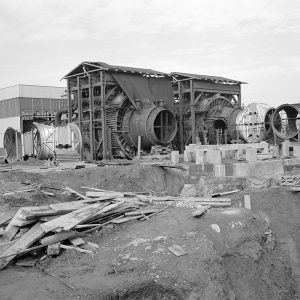
Design and Construction
The addition of the PSL No. 1 and 2 in 1952 provided the NACA with a state-of-the-art tool for studying the more powerful engines of the future.
The Propulsion Systems Laboratory (PSL) No. 1 and 2 was for years the nation’s most powerful facility for testing full-scale engines at simulated flight altitudes. For nearly three decades, the PSL tested aircraft, missile, and rocket engines to support a range of military and civilian programs. This website seeks to preserve the legacy of the original PSL facility for future generations.
Grid View List View

The addition of the PSL No. 1 and 2 in 1952 provided the NACA with a state-of-the-art tool for studying the more powerful engines of the future.
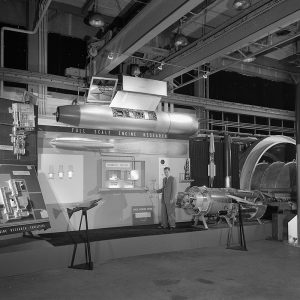
In the 1950s, PSL tested turbojet and ramjet engines for military aircraft and missile systems, before transitioning in the 1960s to rocket engines for NASA’s early space program.
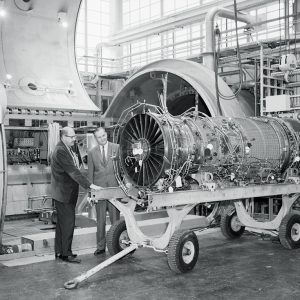
In the late 1960s and 1970s, PSL undertook a series of engine studies for civilian and military aircraft. NASA also created two larger PSL test chambers to support the increased aeronautics work.
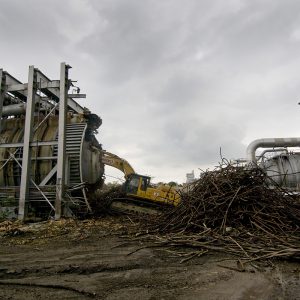
NASA ceased operation of PSL No. 1 and 2 in the late 1970s. After nearly 30 years of disuse, NASA demolished the facility in 2009.
Grid View List View
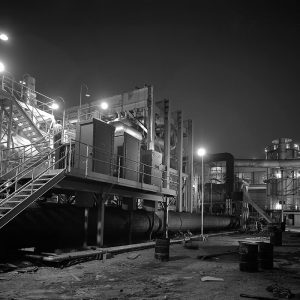
PSL No. 1 and 2 included two altitude chambers, a modern control room, a combustion air supply system, an exhauster system, and cooling water system.
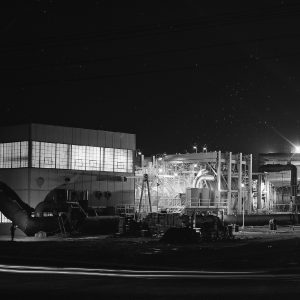
The PSL complex included the Equipment Building, which contained the powerful exhausters and compressors, the Shop and Access Building with the two test chambers, an office building, and a cooling tower.
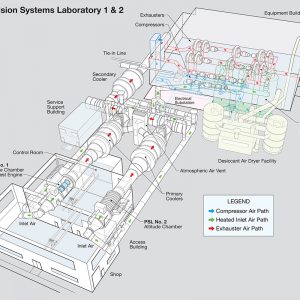
A brief overview of how the PSL No. 1 and 2 was able to test large engines in simulated altitude conditions.
Grid View List View
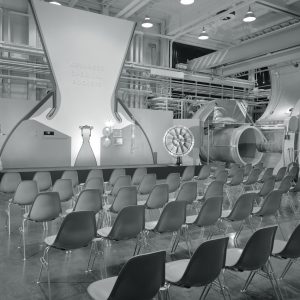
List of events that impacted PSL No. 1 and 2 and catalog of tests conducted in all four PSL test chambers through 1979.
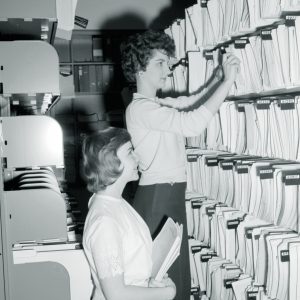
Collection of links to PDFs of historical documents, reference material, and technical reports related to PSL No. 1 and 2.
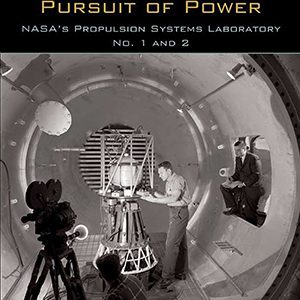
Grid View List View
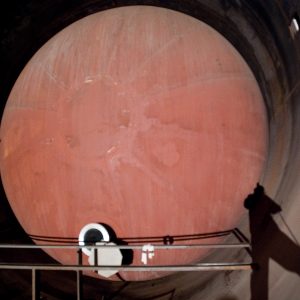
NASA Glenn Research Center has a number of historic facilities, some of which have been demolished in recent years. Many of these sites had not been fully utilized for years and were in disrepair. Section 106 of the National Historic Preservation Act(NHPA) requires every federal agency to consult with the State Historic Preservation Offices on … Read the rest ⇢